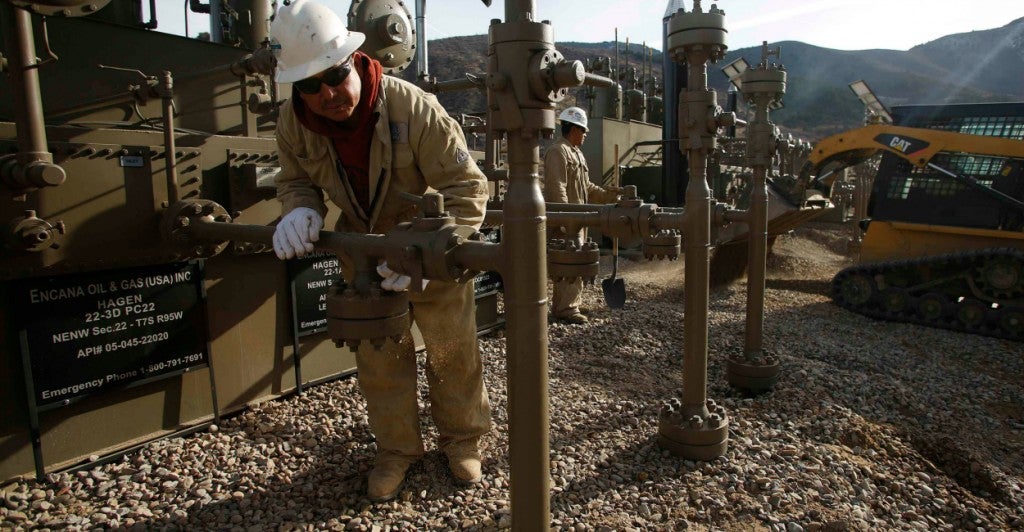The Department of Interior missed an opportunity for real reform recently when it released new regulations on hydraulic fracturing, or fracking, on federal lands.
Since the onset of the Obama administration, the U.S. has undergone both an energy boom that was the bright spot in the great recession and a heated political battle over the Department of Interior’s lack of transparency that significantly slowed oil and gas production on federal lands. It also likely is not the last rule coming from the Obama administration to regulate fracking.
In typical “If it keeps moving, regulate it” fashion, Interior started a rule-making process in November 2010 in response to increased fracking activity and public concerns that were exacerbated by fallacious films such as Gasland and Matt Damon’s Promised Land.
The rule updates and expands regulation and will be revisited again in seven years. It is largely duplicative of what states already do to regulate fracking—adjusting construction standards to protect water resources and requiring disclosure of chemicals and advance public notice of fracking activity. Regulations apply to federal and Indian lands as well as private or state lands where the underground mineral rights belong to the federal government. States otherwise would regulate fracking on state and private lands as they have been. Unsurprisingly, extremist environmental groups did not think the Interior Department went far enough.
The Department of Interior should have taken the fracking boom as an opportunity to pivot away from one-size-fits-all regulation and turn management of fracking activity to the states. Regulation at the state and local level—as opposed to from Washington—has been a chief reason for the impressive economic results and environmental record of the new technology. Even the White House Council of Economic Adviser’s noted in its annual report to Congress that the regulatory structure that met local concerns regarding fracking was at the state and local level.
Instead, it has taken Interior five years to develop these new regulations, and politically driven management of federal lands has played a significant role in the loss of productivity on those lands. Meanwhile, states have effectively and efficiently managed the energy boom on state and private lands even as demand to develop oil and gas resources has increased. In fact, states have been regulating fracking for decades. While federal regulators lose even more time putting these new regulations into practice, states already have policies in place that reflect the unique conditions of the state.
Federal management of energy resources also has had a chilling effect on productivity. According to the Congressional Research Service, roughly 43 percent of all proven crude oil reserves in the U.S. are on federal lands. And yet, since 2009, oil production on federal lands has fallen by 9 percent even as production on state and private lands has increased by 61 percent over the same period. In 2010, 36 percent of all domestic oil production came from federal lands; now only 23 percent does. A similar story can be told of coal and natural gas. This activity translated into more jobs and higher incomes.
States have also been more responsive to the unique interests and concerns of their communities, in contrast to Interior’s approach of stalling on granting permits to drill for oil and gas. Not a single case of water contamination has been caused by the process of fracking, and although there are best practices that must be followed, fracking has withstood the many myths demonizing the technology.
Some communities have elected to ban the use of fracking technology. Unfortunate and misguided as that is, good environmental policy puts the freedom to make decisions in the hands of the people who are affected most by management choices. Nevertheless, Interior’s rule prevents this local decision-making.
Congress and energy producers already have responded in kind. In recent days, 27 senators introduced legislation to block the regulation and the Independent Petroleum Association of America and Western Energy Alliance filed a lawsuit against the Department of Interior, calling the rule “a reaction to unsubstantiated concerns” that “lacks the factual, scientific or engineering evidence necessary to sustain the agency’s action.” Ultimately states, not Washington, should regulate fracking activities on federal lands. They are more knowledgeable and adaptable to the conditions of each region.
